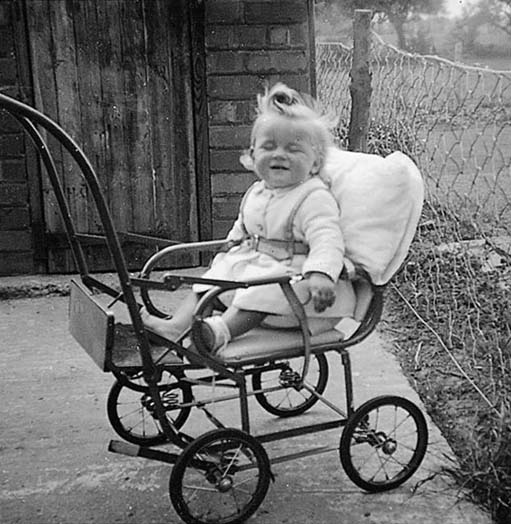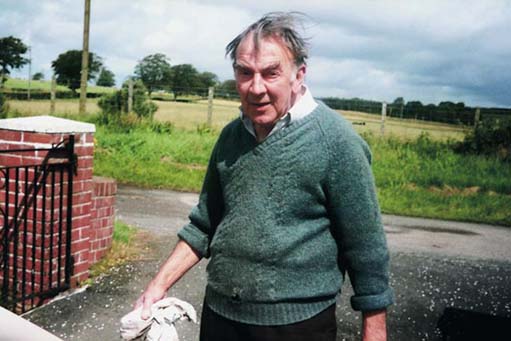2.1.3 Amateur snapshots 1880s–
Before the First World War, most family photographs were taken by professional photographers. In the 1880s, however, amateurs began to buy ready-made negatives over the counter and either undertook their own developing and printing or farmed this work out to commercial concerns. The amateur market expanded steadily, encouraged and sustained by commercial companies such as Kodak. By the second half of the 20th century most family photographs were taken by amateurs.
Photographs in the family album can therefore be divided into 2 distinct categories:
- portraits commissioned by the family and taken by commercial photographers for a fee
- snapshots taken by amateurs, usually family members or friends.
This course concentrates on the period when the professional was dominant, for the following reasons:
- Studio portraits are too readily dismissed as uninformative simply because people lack the necessary visual analysis skills.
- Studio portraits were produced to a formula which offers a congenial paradigm for developing skills of visual analysis and interpretation.
- These skills can readily be transferred to the later tradition of snapshot photography.
- Equipped with a knowledge of the practices of early professionals, we can make comparisons between then and now. This enables us to identify areas of continuity and change. We can then assess how far the 19th-century studio tradition continues to influence the snapshots we take today. We shall return to this question throughout the course.
But before we start to analyse the studio tradition in detail, let's consider the nature of the photograph as a source of evidence in historical research.


